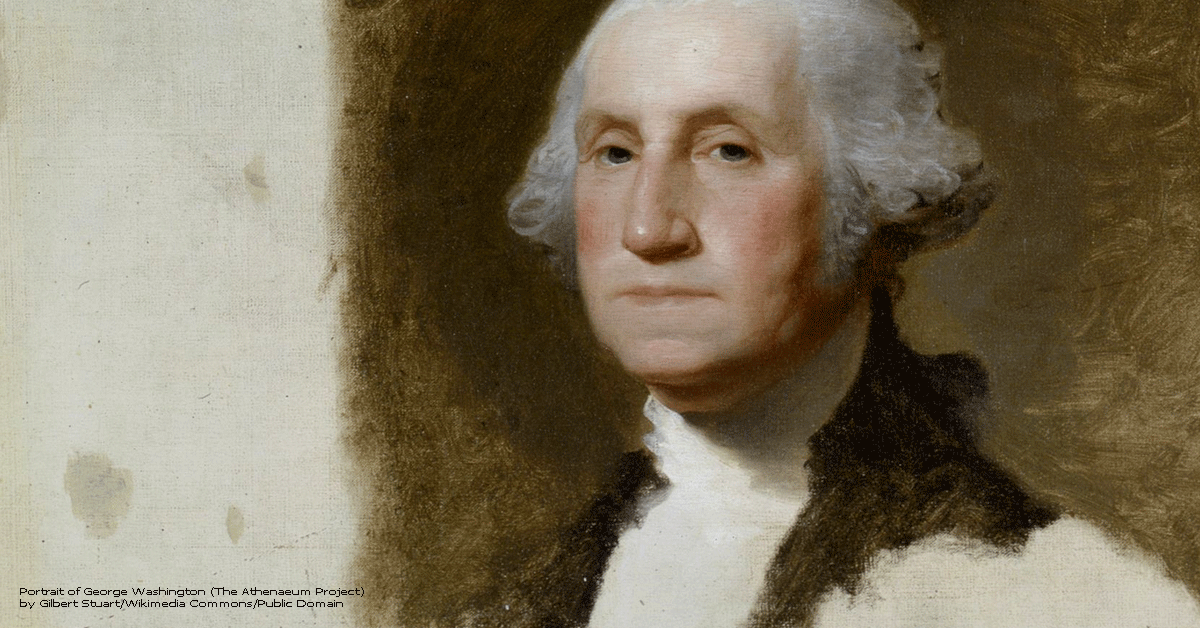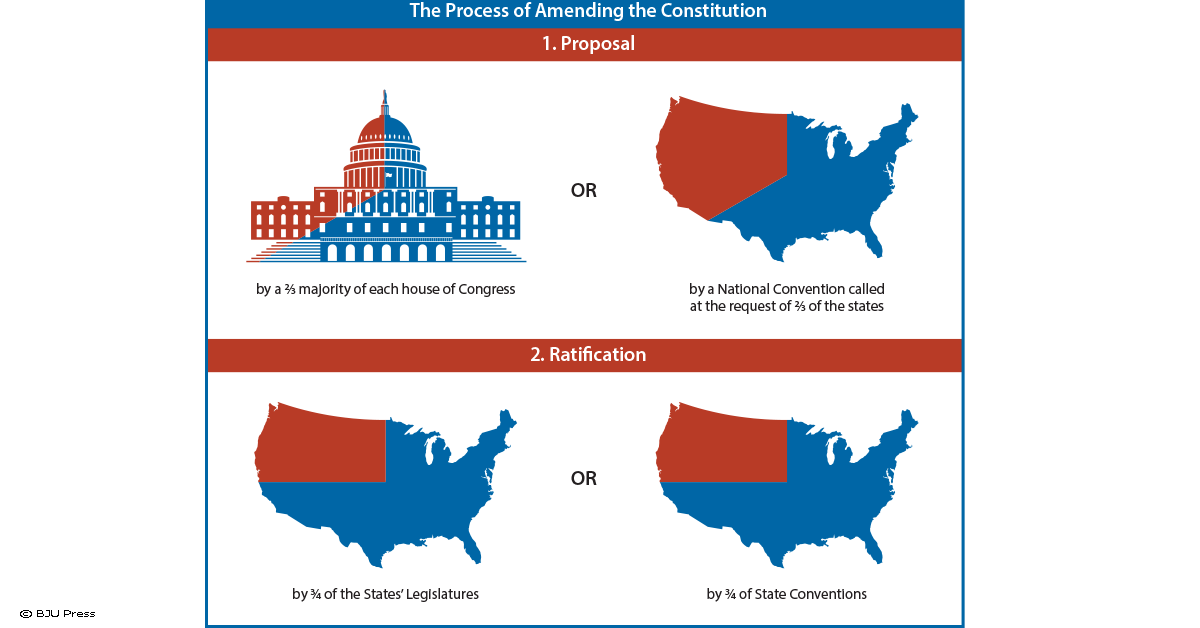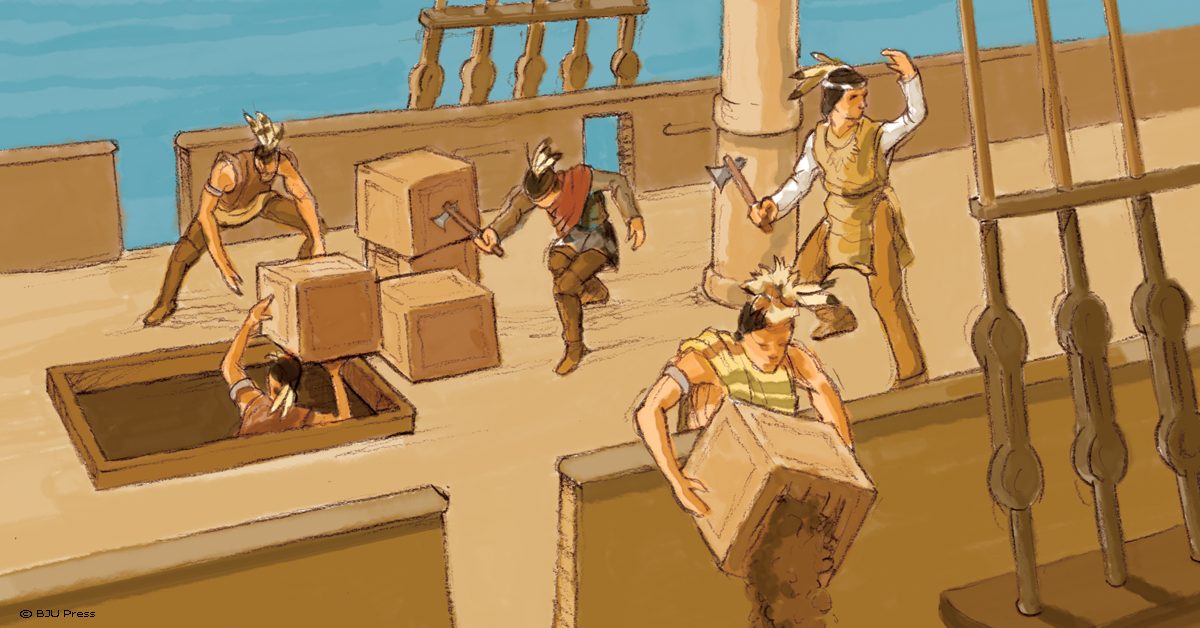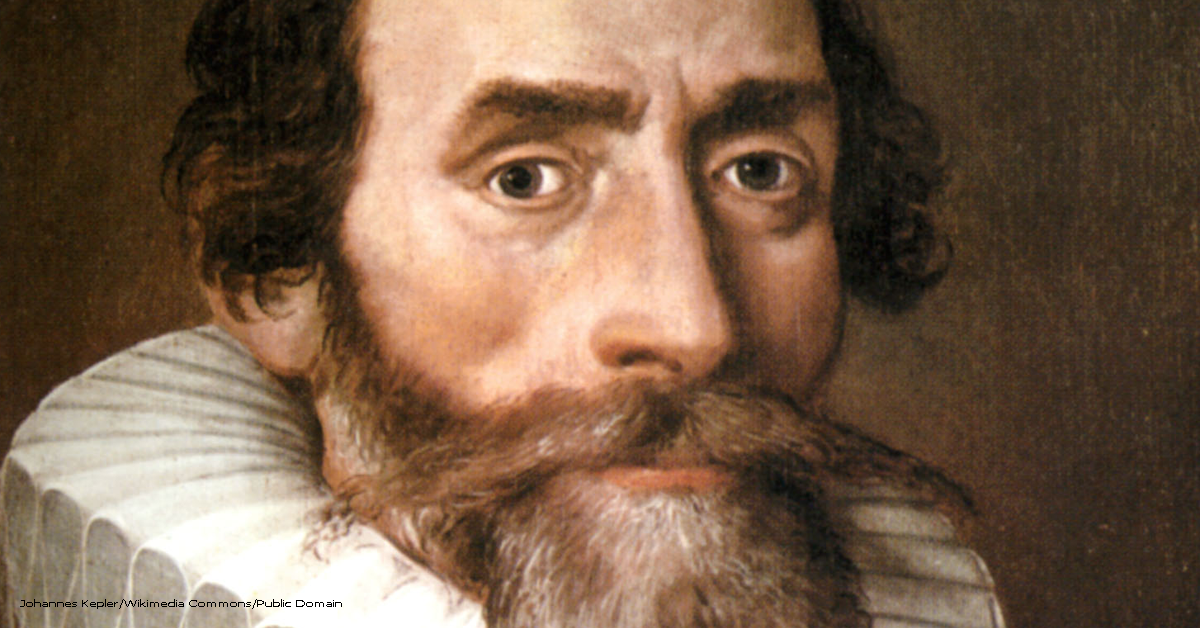December may be the last month of our calendar year, but it’s definitely not the least important one. Whenever I think of this month, I see visions of steamy hot cocoa (with extra marshmallows), car rides at night to see Christmas lights, and conversations with loved ones around the dining room table.
Growing up, I spent most of my Decembers in California with my immediate family, enjoying palm trees, balmy breezes, and sunshine. Whatever your Christmas and the new year may bring you, I hope this season is one filled with the hope and joy that come through accepting God’s special gift—our Savior, Jesus Christ the Lord!
December 3
Gilbert Charles Stuart entered the world on this day in 1755. You might be more familiar with his paintings than with his name. This American-born artist established his legacy by painting portraits of famous and influential leaders, including six United States presidents. Among the many notable people who sat for him were Thomas Jefferson, King Louis XVI, John Adams, Abigail Adams, John Quincy Adams, Martha Washington, John Monroe, George Washington, King George III, John Jay, and Benjamin West. View some portraits by Stuart and have your kids answer these questions.
• What physical features does Stuart emphasize in each painting either by its placement, size, or color?
• Why might the people have particular expressions on their faces?
• How are the paintings similar/different?
Your kids might even want to try sitting for their own portraits, so don’t forget to brush up on your art skills!
December 6
The 13th Amendment was ratified by the necessary number of states in 1865. This addition to the United States Constitution officially ended the slavery of all people throughout our country and any other place under its rule. Its adoption came about two years after Abraham Lincoln presented his Emancipation Proclamation. Take time to share the 13th Amendment and related documents with your kids.
December 7
The infamous attack on Pearl Harbor occurred on this date in 1941, leaving more than three thousand Americans wounded, dead, or missing. As a preteen, I met a Pearl Harbor survivor. I still remember listening to him recount “the day which will live in infamy.” When the attack began he rushed out of the mess hall and witnessed destruction all around. This event and others prompted America’s entry into World War II. It’s important that we remember our past so that we can learn from it and most importantly so that we learn to recognize God’s sovereign hand. Read survivor stories, view pictures, and learn about the impact of this event on our nation at the Visit Pearl Harbor website.
December 16
The Boston Tea Party flavored the waters of that city’s harbor in 1773. The British Parliament had placed a tax on this hot beverage for those living in the American colonies, but the colonists resisted taxation and regulation of trade. Their sentiments about the tea tax were clearly displayed when at midnight a group of men barely disguised as Mohawks boarded the Dartmouth and dumped all the cargo overboard. Their actions were peaceful considering that no one was injured and no property damage occurred, but were their actions right? That question might spark a good discussion with your teens about respecting authority and obeying established rules. For a younger group of kids, make this event relatable by brewing some of your favorite hot tea (mine’s Midnight in Paris) and settling down for a read-aloud session of Regina Silsby’s Secret War. Quiet time with tea and a historical adventure to read—that’s a win-win in my book!
December 25
Christmas Day celebrates the incarnation of Jesus Christ. God the Creator took on the flesh of His created beings to save us from our sins (1 John 4). We don’t know the exact day that Jesus was born, but this event is central to the gospel. One of my favorite family Christmas traditions is to read the account of Jesus’s birth from Luke 2. Assign everyone to read a portion of the Scripture passage or have small children create illustrations for the story as they listen. Focusing on the true meaning behind Christmas brings an inner peace and joy during a busy time of year.
December 27
Mathematician Johannes Kepler was born on this day in 1571. He formulated the three laws of planetary motion to explain the movements of the planets in our solar system. Kepler used detailed data to define the true shape (an ellipse and not a circle), size, and speed of planetary orbits. Have a Spirograph® session and make different geometric shapes to celebrate today. I think the images you come up with could make awesome Christmas thank-you cards!
Wishing you all the best for a joyful Christmas and a peaceful new year!






Leave a Reply